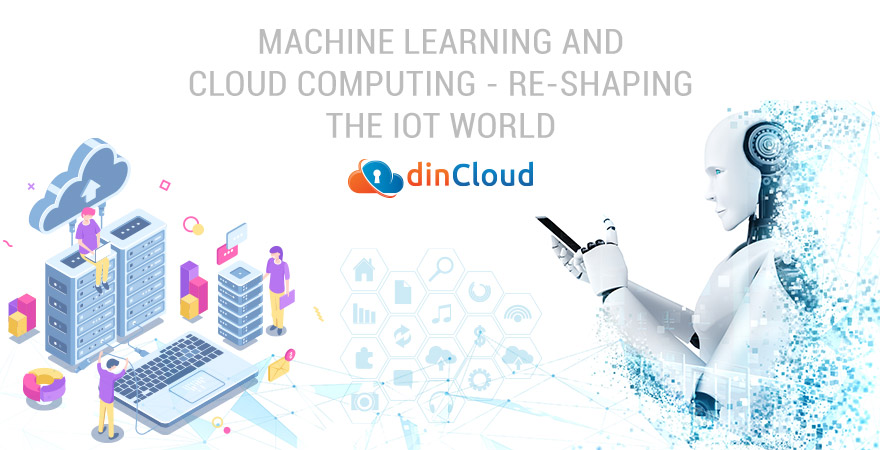We are moving in a world that is very much driven by data and digital technologies. With the rapid advancement in information and communication technologies, we are heading towards an Internet of Things (IoT) driven world.
So, how exactly does the IoT world look like in the near future? Well, IoT is a highly inter-connected network of devices which are capable of both transmitting data and receiving back commands for the various assigned tasks.
One important aspect to note here is that most of these devices are not capable of processing data by themselves. Although it is not impossible for these devices to be given data processing capability, it would be a very costly option.

Instead, a more efficient IoT environment is characterized by a dedicated infrastructure for processing the vast amounts of data that is being generated by billions of these IoT devices within such a network.
Edge and Cloud – The Processing Nerve Centers
This dedicated processing infrastructure can mainly come from two deployment models. The first is Edge Computing, in which processing capabilities are deployed in close proximity to the very sources of data.
However, being able to process vast amounts of data, and that too in real-time, comes at an exorbitant cost. Therefore, the Edge is a deployment model whose high costs will be justifiable in a few select real life use cases.
Secondly, Edge infrastructures are still a work in progress across the globe. Leading communications providers have started committing huge sums of money towards this technology, but it will take its due time.
Cloud Computing presents itself as the next best environment for processing the vast amounts of data that is being generated by an IoT environment. However, incorporating Cloud into an IoT framework also comes at a cost, and that is latency.
Although modern cloud infrastructures have largely overcome the issue of latency, it still remains a problem in real life use cases such as fully autonomous or self driving cars. In such cases, the Edge presents itself as the only viable option, as human lives are involved.
Blending AI and ML with IoT
What any IoT environment is doing in itself is generating vast amounts of data about a certain parameter, lets say the ambient temperature of a multi storey residential or corporate building. So, what exactly can you do with all this vast sums of data?
This is where the role of technologies like Artificial Intelligence (AI) and Machine Learning (ML) comes into play. ML has the ability to identify or predict future patterns, based on the vast amounts of data that has been generated in the past.
What actually converts these assessments or predictions into actionable insights and commands is in fact Artificial Intelligence (AI). It is actually the blend of AI and ML which enables us to realize the true potential of an IoT environment.
The processing muscle of ultra powerful data centers of Cloud Service Providers (CSP) like dinCloud give AI and ML the ability to extract actionable insights. These insights, which are essentially commands for the IoT devices, are then relayed to the IoT ecosystem.
A good real life example can be that of power. Most utility companies bill you separately for the peak and non-peak hours of the day, based on power consumption. These systems are in fact developed with the sole objective of balancing power usage patterns.
This is where IoT devices can be fed with ML and AI generated data, so they perform power intensive tasks during off peak hours of the day. The realized savings may seem insignificant on an hourly or daily basis, but could translate into millions of dollars on a vast scale.
Conclusion
The IoT framework we have outlined above will achieve its true potential when we attain the stage of implementing such systems across entire towns and cities. The time is not far from today, when most of our cities will be managed by an intelligent IoT ecosystem.
dinCloud offers a robust cloud infrastructure for a wide range of enterprise workloads. You can also get a 14 Days Free Trial.


